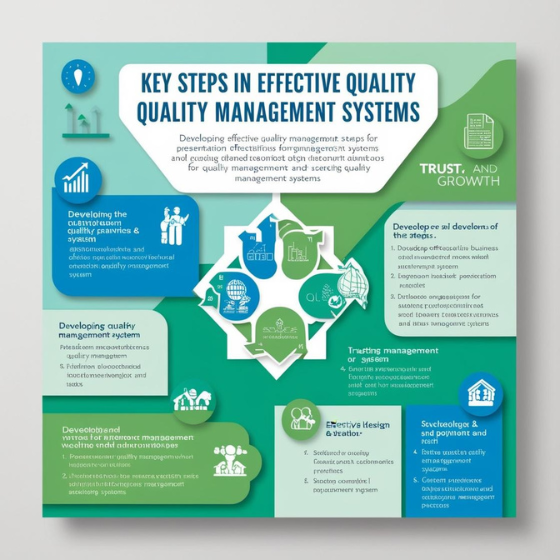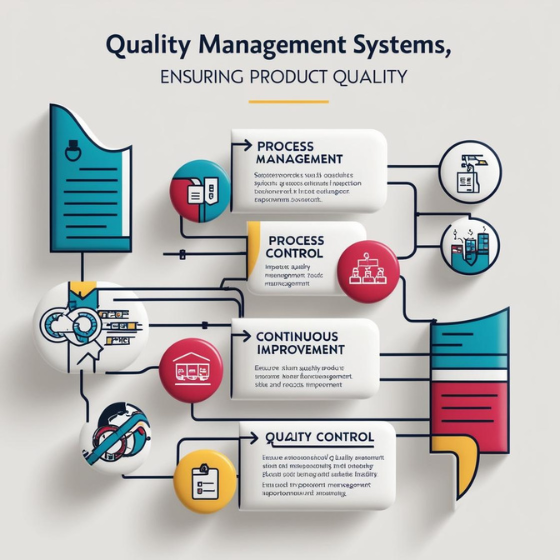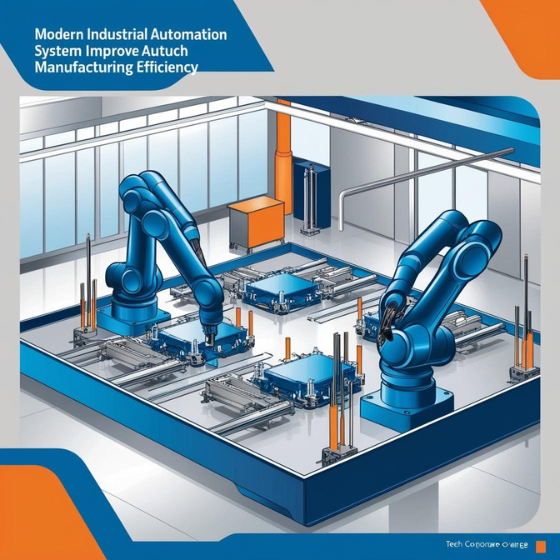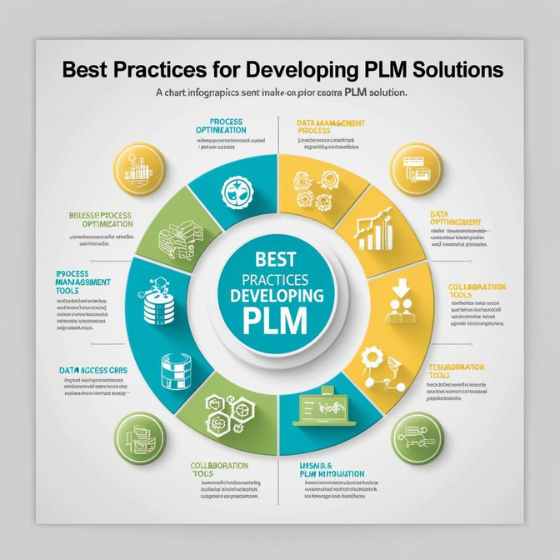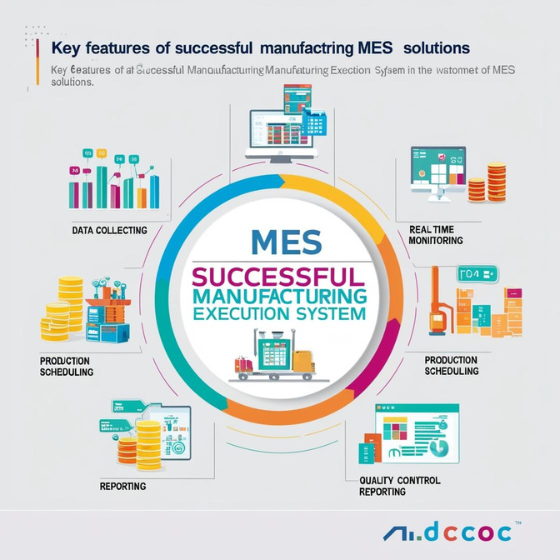Product Lifecycle Management (PLM): Managing Product Data
Introduction
Did you know that implementing a robust Product Lifecycle Management (PLM) system can reduce product development time by up to 25%? In today’s competitive market, managing product data effectively is crucial to ensure faster time-to-market, improved quality, and reduced costs.
This blog explores how PLM systems help businesses manage product data across the lifecycle—from ideation to retirement. We’ll highlight key features, benefits, and best practices for integrating PLM into your business processes.
What is Product Lifecycle Management (PLM)?
Understanding PLM
Product Lifecycle Management (PLM) refers to the process of managing a product’s journey throughout its lifecycle. It encompasses every stage, including design, development, manufacturing, distribution, maintenance, and disposal.
Role of PLM in Managing Product Data
A PLM system acts as a centralized repository for all product-related data, enabling teams to collaborate efficiently and make informed decisions.
Key Focus Areas:
- Centralized data storage.
- Version control and updates.
- Integration with other enterprise systems, such as ERP and CAD.
Why Effective Product Data Management Matters
1. Enhanced Collaboration
PLM systems break down silos, allowing cross-functional teams to access and share data seamlessly. This fosters better communication between departments, including design, engineering, and manufacturing.
2. Improved Product Quality
By maintaining a single source of truth, PLM systems ensure that all stakeholders have access to accurate and up-to-date information, reducing errors and inconsistencies.
Example: A consumer electronics company reduced product defects by 18% after implementing a PLM system to streamline design data.
3. Accelerated Time-to-Market
Efficient data management enables faster decision-making and reduces bottlenecks, allowing businesses to launch products sooner.
4. Cost Optimization
PLM reduces the need for redundant systems and processes, cutting costs associated with errors, rework, and delays.
Key Features of a Successful PLM System
1. Centralized Data Management
A robust PLM system organizes all product-related information in one place, making it easy to access and update.
Key Capabilities:
- Unified storage for CAD files, specifications, and BOMs.
- Role-based access to ensure data security.
- Version tracking to maintain data integrity.
2. Workflow Automation
PLM systems automate workflows, such as approvals, changes, and updates, improving efficiency and reducing manual errors.
Example: A furniture manufacturer improved design approval timelines by 30% with automated workflows in their PLM system.
3. Integration with Enterprise Systems
Seamless integration with tools like ERP, CRM, and CAD ensures smooth data exchange and holistic process management.
4. Compliance and Traceability
PLM solutions track product history and changes, ensuring compliance with regulatory standards and enabling traceability in case of recalls.
Pro Tip: Choose a PLM system with robust compliance management features tailored to your industry needs.
Challenges in Managing Product Data Without PLM
1. Data Silos
Without a PLM system, data is often scattered across departments, leading to inconsistencies and miscommunication.
2. Lack of Version Control
Managing multiple versions of product data manually increases the risk of errors and delays.
3. Limited Collaboration
Inadequate tools make it difficult for teams to collaborate, resulting in inefficiencies and missed opportunities.
Solution: A PLM system addresses these challenges by offering a centralized, collaborative, and transparent platform for managing product data.
Best Practices for PLM Implementation
1. Define Clear Objectives
Identify specific pain points and goals for implementing a PLM system to ensure alignment with your business needs.
2. Engage Stakeholders Early
Involve key stakeholders, including designers, engineers, and managers, in the selection and implementation process.
3. Focus on Scalability
Choose a PLM system that can grow with your business, accommodating future product lines and market demands.
4. Provide Comprehensive Training
Ensure that all users understand how to utilize the PLM system effectively to maximize its benefits.
Discover how Sodio’s PLM development services can help you streamline product data management and drive business success.
Future Trends in PLM
1. Cloud-Based PLM Solutions
Cloud technology is making PLM systems more accessible, cost-effective, and scalable for businesses of all sizes.
2. AI and Machine Learning
Artificial Intelligence enhances PLM by automating tasks such as data analysis, predictive maintenance, and design optimization.
3. IoT Integration
The Internet of Things allows PLM systems to gather real-time data from connected devices, improving product performance monitoring.
4. Sustainability and Circular Economy
Modern PLM solutions incorporate tools to track environmental impact, helping businesses align with sustainability goals.
Conclusion
Product Lifecycle Management (PLM) systems play a pivotal role in managing product data efficiently. By centralizing information, improving collaboration, and streamlining workflows, PLM enables businesses to enhance product quality, reduce time-to-market, and achieve cost savings.
At Sodio, we specialize in developing tailored PLM solutions that address your unique challenges and goals. Whether you’re looking to implement a new system or upgrade your existing one, we’re here to help.
Ready to revolutionize your product lifecycle management? Contact Sodio today to explore our PLM solutions.

